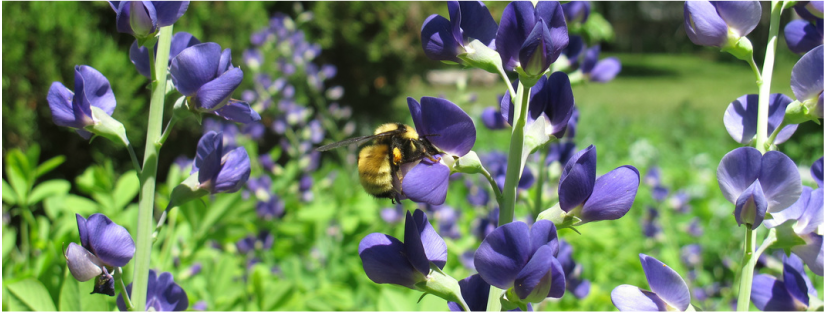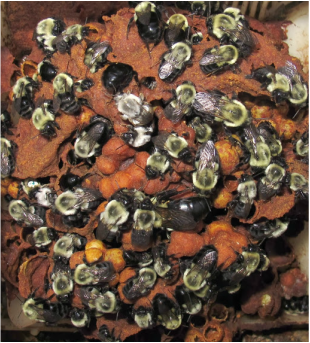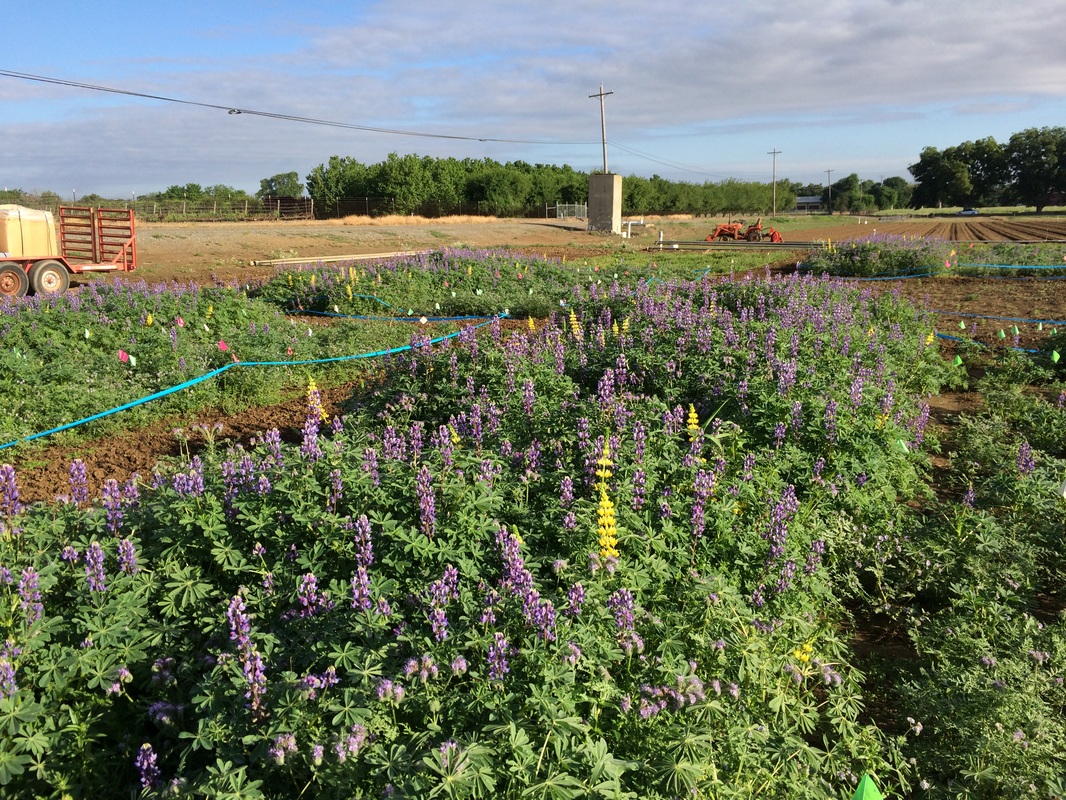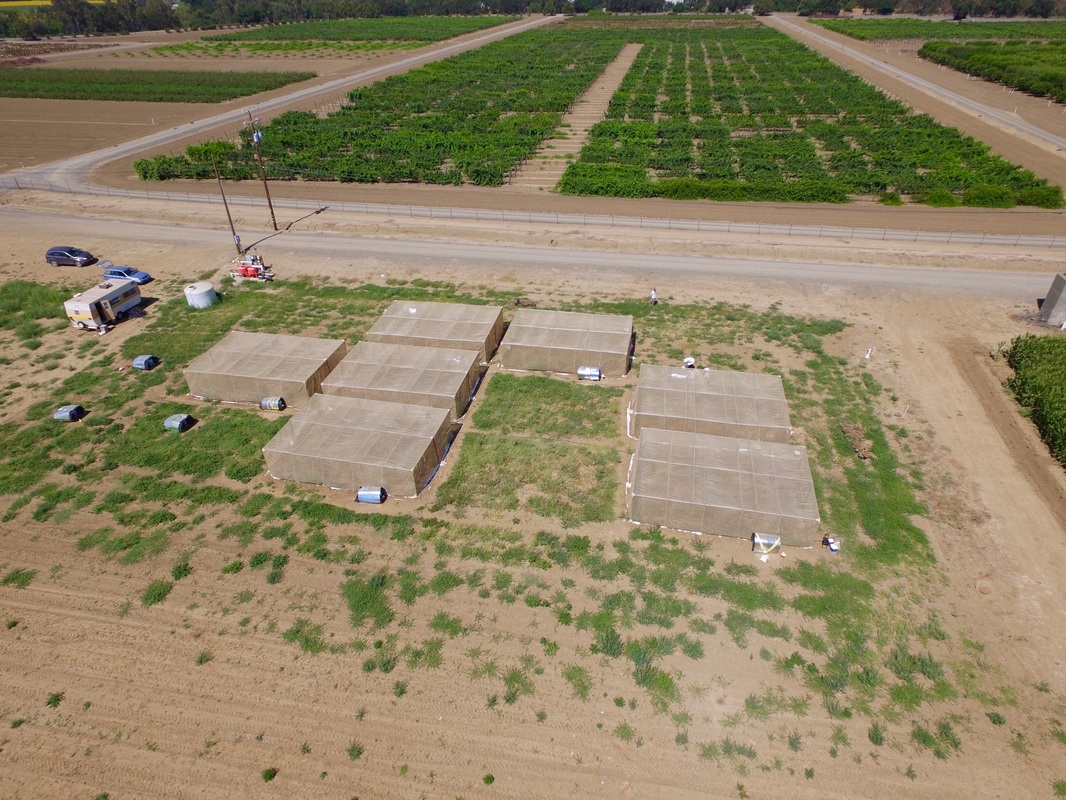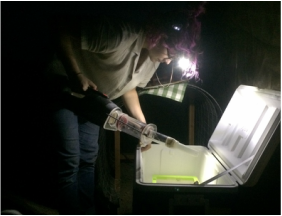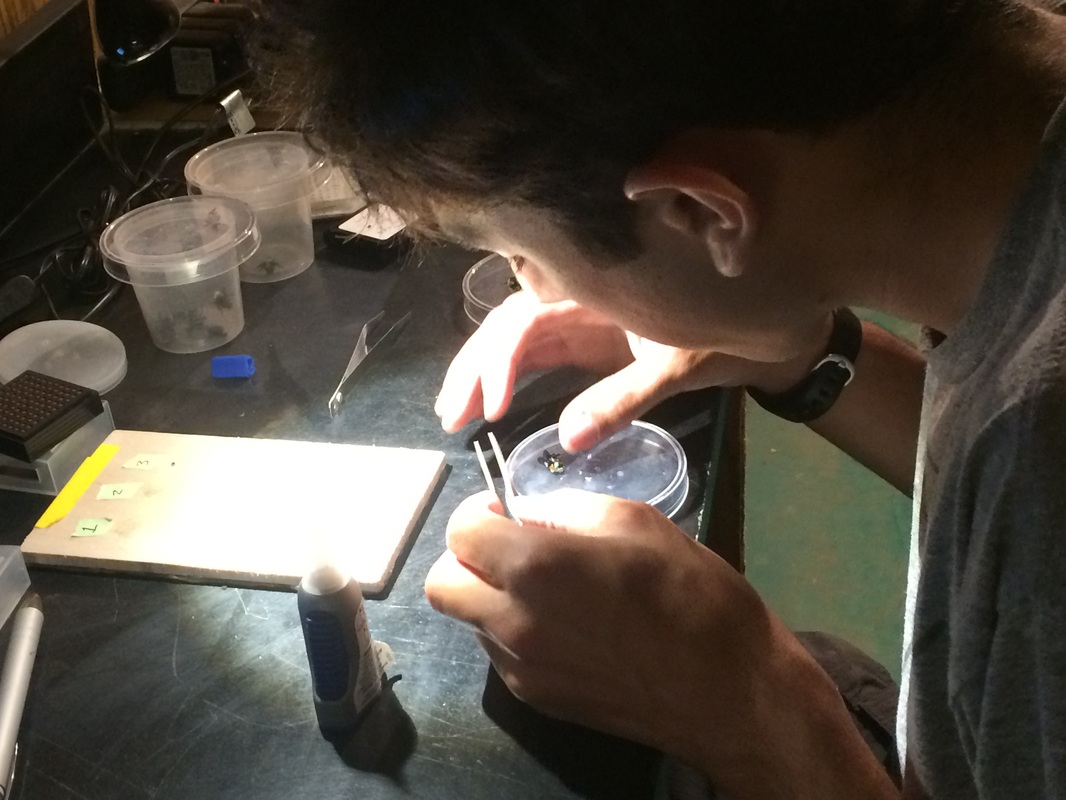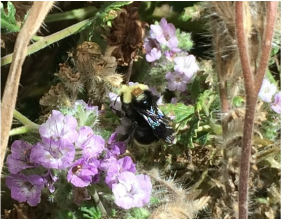This section of the website is undergoing updates to reflect current research activities. For some (slightly outdated) information on my work in this area, please see the Resource Availability page from my previous website:
https://sites.google.com/site/rmalfiresearch/research/resources
